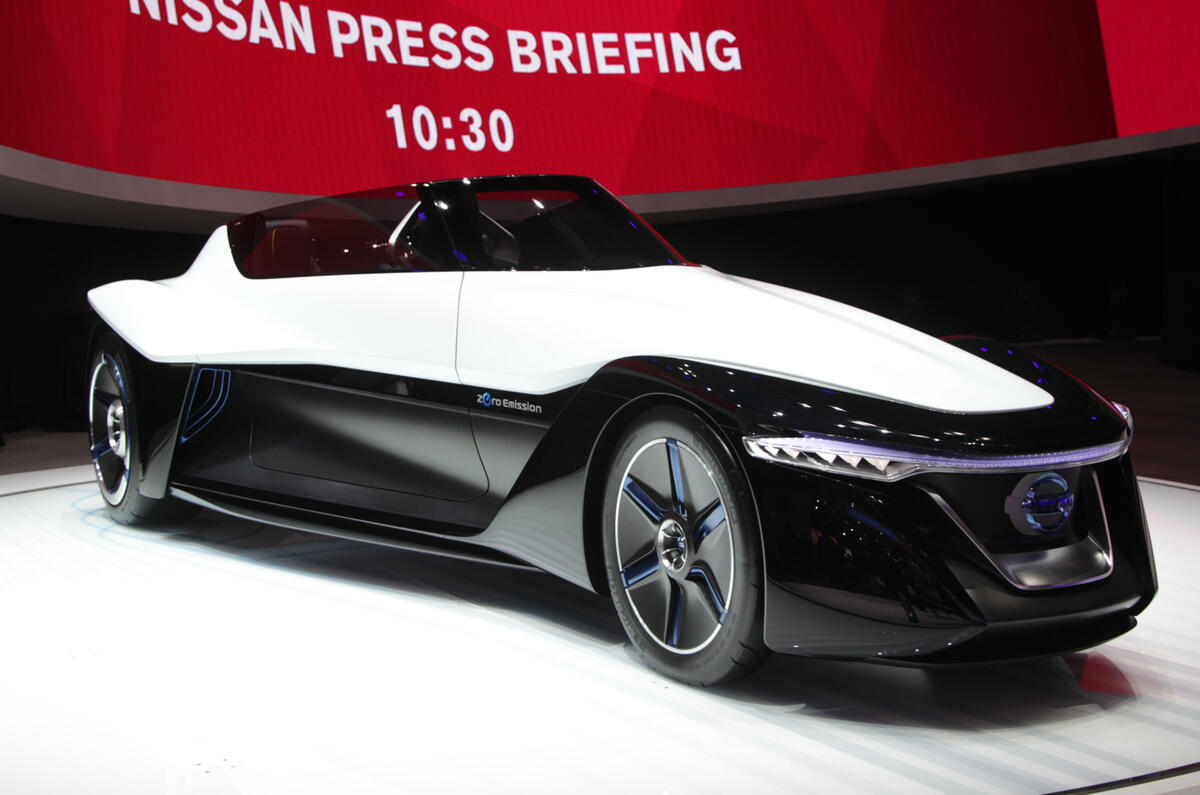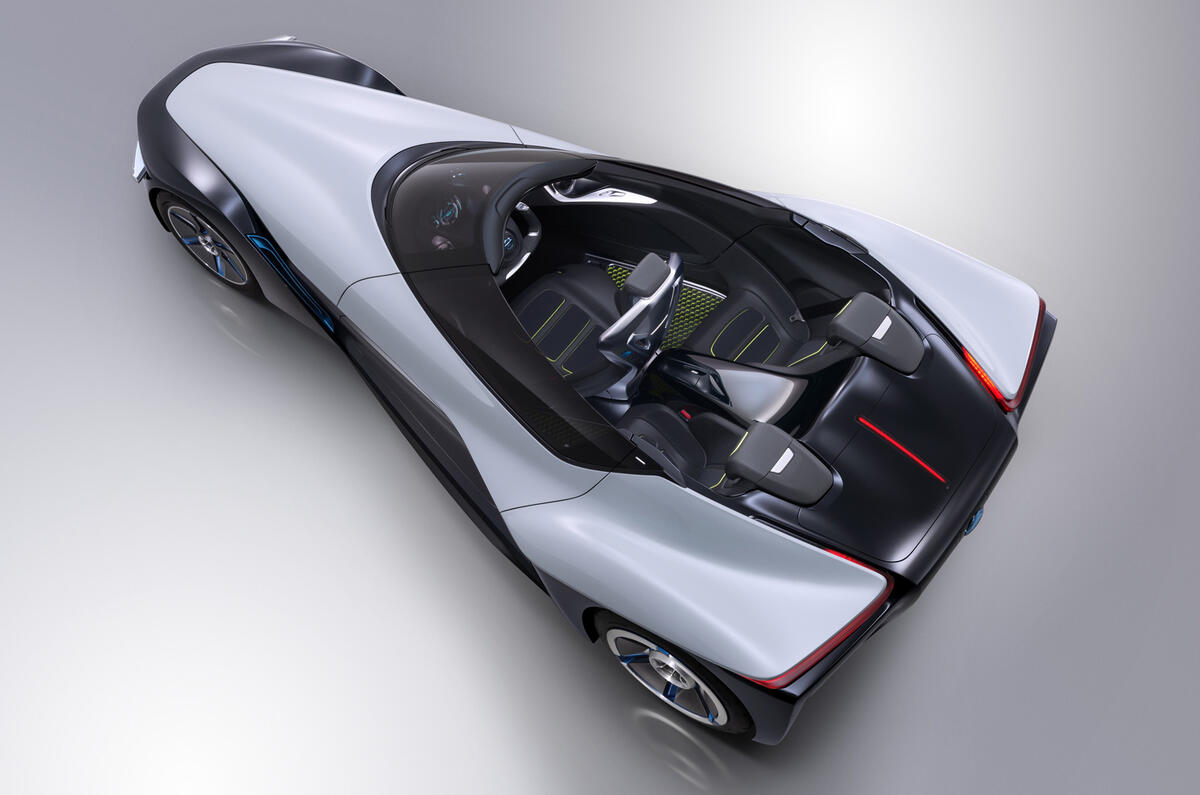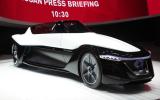Nissan’s radical electric BladeGlider is still classed as “an exploratory concept” 18 months after being revealed at the 2013 Tokyo motor show, with the project described as being “not among the immediate priorities” of the firm by its new chief planning officer Philippe Klein.
Described as an “anti-establishment three-seat electric sports car” and championed on its reveal by then Nissan boss Andy Palmer, who now runs Aston Martin, BladeGlider was expected to go on sale by 2017 priced at around £30,000.
Production test mules, built around an Ariel Atom, were known to have been produced, while Deltawing race car designer Ben Bowlby involved with the project.
But Klein, who replaced Palmer last year, said: “It is still on the table, but at the end of the day it has to make sense to the company. We have the concept car, and it has the ability to surprise, but it is not big in our plans now. Before we jump in with a production car there is a path to take - and first we must see the opportunity is there.”
The BladeGlider concept was originally described as a blueprint for an anti-establishment small electric sports car based on the principles of the Deltawing race car.
Speaking to Autocar, Bowlby said the BladeGlider would become a "handling benchmark" for the automotive industry. "It's about efficiency, it's about pulling a lot of G, it's about an exciting and pleasurable ride and yet being very efficient while doing that," he said. "So extreme handling and extreme fun and a whole new experience, a totally different driving experience.”
Speaking at the 2013 Tokyo motor show, Palmer said: "When I was growing up the principle was that young people wanted a sports car and their parents hated the idea of them - the problem with all of today's sports cars is that they are actually owned by parents.
"We are exploring ways of getting back to a sports car that is affordable, challenging and appealing for young people."
Styling of the production car was expected to change from that of the concept, with the BladeGlider being described by design chief Shiro Nakamura as "an extreme interpretation" of how the car could look. Like the Deltawing race car, it had an extremely narrow front track, measuring just one metre, and a much wider rear track, which Nissan only described as "stable".
The deltoid body shape of the BladeGlider concept was shown wrapped in carbonfibre-reinforced plastic, with the interior seating three people: a centrally placed passenger and two passengers either side, as pioneered on the McLaren F1 road car.















Join the debate
Add your comment
Engine location
People are looking at it the
Given the width of the nose,